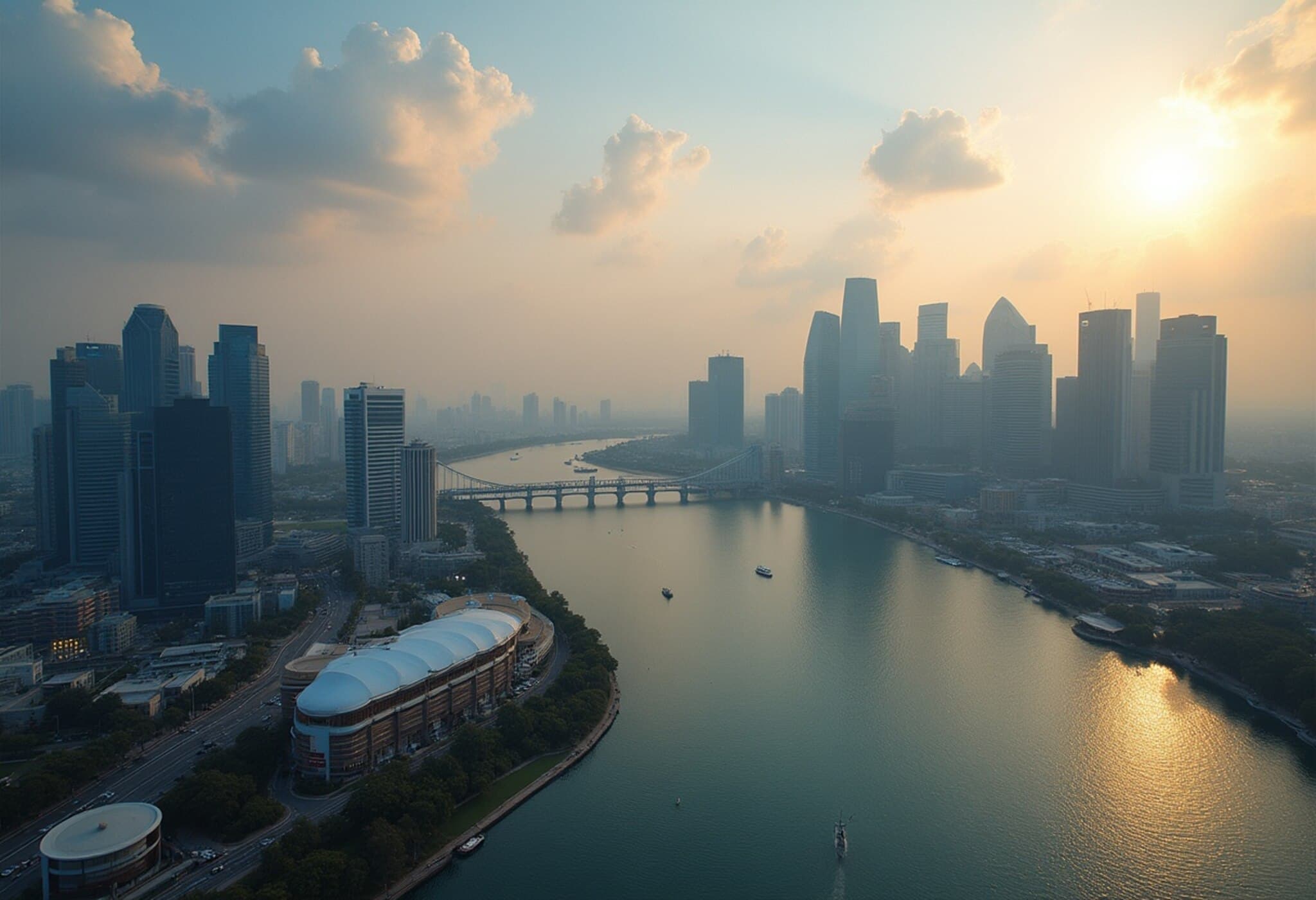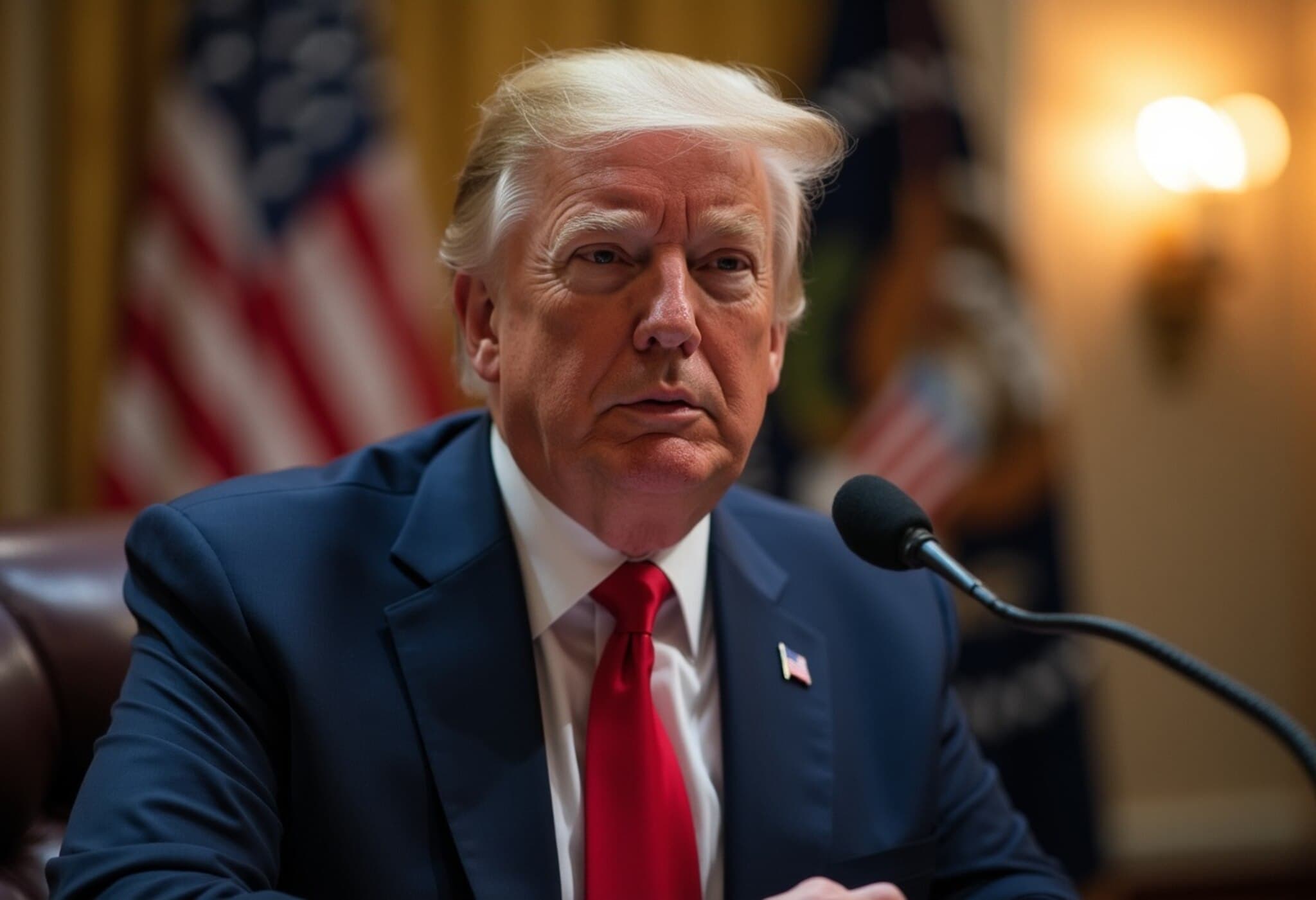Record Millionaire Migration Expected in 2025
In 2025, the movement of high-net-worth individuals (HNWIs) across borders is set to accelerate, with an estimated 142,000 millionaires expected to change their country of residence. This figure is anticipated to climb further to 165,000 in 2026, highlighting an ongoing global trend reshaping the distribution of wealth.
UAE Tops the List as the Ultimate Wealth Magnet
The United Arab Emirates continues to dominate as the world's premier destination for affluent migrants. Predictions indicate a net influx of 9,800 millionaires in 2025, significantly up from 6,700 last year. This surge cements the UAE’s status as the leading global hub for the ultra-wealthy.
Key factors driving this trend include the UAE's tax-friendly environment, robust infrastructure, and political stability. The country's renowned Golden Visa program, offering 5- and 10-year renewable residence permits, has been a major attraction since its inception in 2019 and subsequent expansion in 2022.
Other Popular Destinations for Millionaires
- United States: Anticipated to welcome around 7,500 millionaires in 2025, largely supported by the EB-5 Immigrant Investor Program, which injects over $50 billion in foreign investments while creating American jobs.
- Italy: A growing appeal due to lifestyle, culture, and investment opportunities.
- Switzerland: Continues its historic status as a wealthy enclave.
- Saudi Arabia: Witnessing rapid growth with an expected eightfold increase to over 2,400 inbound millionaires this year.
Countries Experiencing Wealth Outflows
On the flip side, some nations are seeing a significant exodus of their affluent populations. The United Kingdom leads with a projected net outflow of 16,500 millionaires relocating abroad in 2025, marking the largest single-year loss globally.
Following the UK, China is expected to lose about 7,800 millionaires. Asian countries like South Korea (2,400) and India (3,500) are also witnessing notable net losses.
Within Europe, major economies such as France, Spain, and Germany face modest but steady declines, with respective outflows of approximately 800, 500, and 400 millionaires. Smaller European nations including Ireland, Norway, and Sweden are also seeing decreases.
Why Does Wealth Migration Matter?
This global reshuffling of affluent individuals isn’t just a numbers game; it signals a deeper shift in economic influence and investment flows worldwide. Countries successfully attracting millionaires benefit from increased investments, job creation, and enhanced innovation potential.
The UAE is a prime example, having transformed from a regional player into a global financial nexus, boasting an estimated $63 billion in collective investable wealth from inbound rich migrants alone.
Interestingly, some experts point out that the notion of 'migration' might be overstated, as many wealthy individuals secure foreign residency as a strategic backup without fully relocating. These nuanced patterns reflect increasingly complex wealth management strategies.
How Millionaires Obtain Residency
While investment migration programs are well-known pathways, only about 30% of millionaires use them to obtain residency or citizenship. The remainder typically secure residency via alternatives such as employment permits, ancestry, retirement, family connections, or birthright citizenships.
What Makes the UAE and US So Attractive?
UAE’s allure lies in its welcoming immigration policies, zero personal income tax, top-tier infrastructure, and unparalleled lifestyle offerings. Its Golden Visa program grants high-net-worth individuals long-term residency options, appealing to those valuing stability and fiscal benefits.
The US appeals primarily through its EB-5 program, which encourages foreign investment by offering green cards linked to capital contributions that stimulate economic growth and employment.
Looking Ahead
As global wealth patterns evolve, the competition among countries to attract and retain millionaires intensifies, shaping the economic and demographic landscapes of tomorrow.












